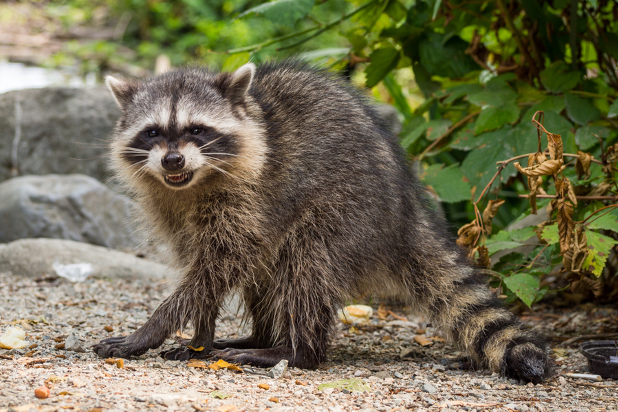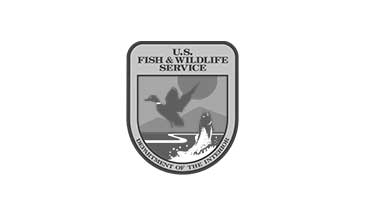07/02/25
Why DIY Muskrat Control Doesn’t Work
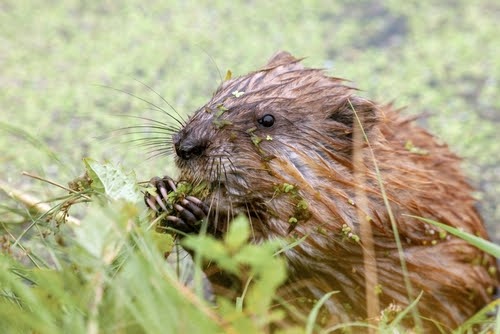
06/10/25
[Infographic] How to Identify Snake Holes in Your Yard & How to Keep Them Out
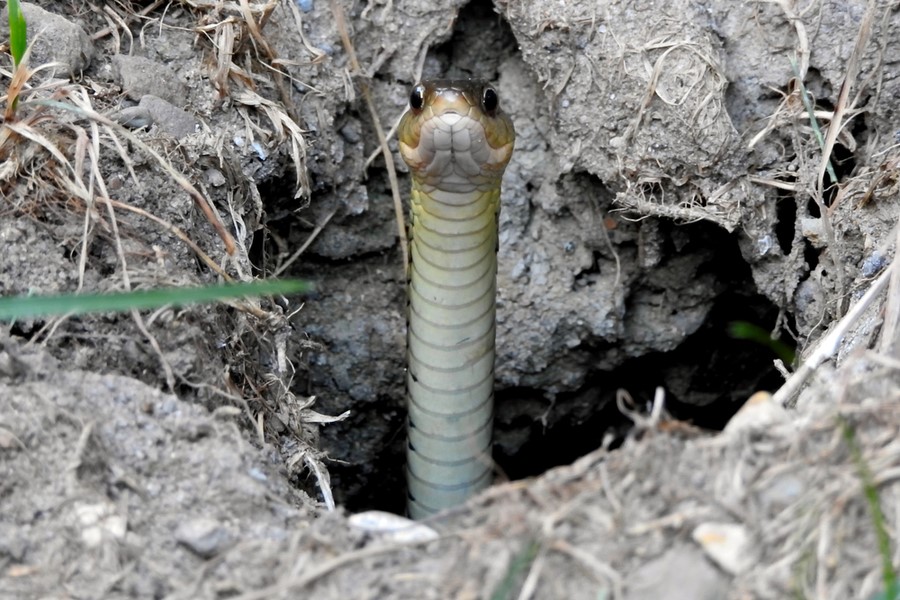
06/04/25
Signs of a Bat Infestation in Your Kalamazoo Home
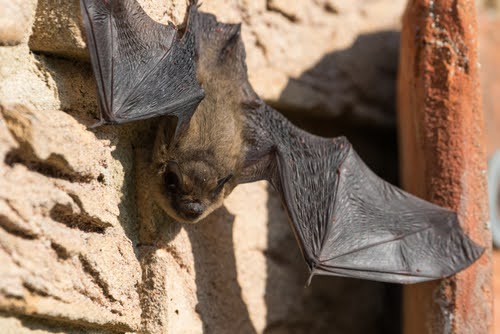
05/06/25
The Risks of Squirrel Damage: Protecting Your Dayton Property
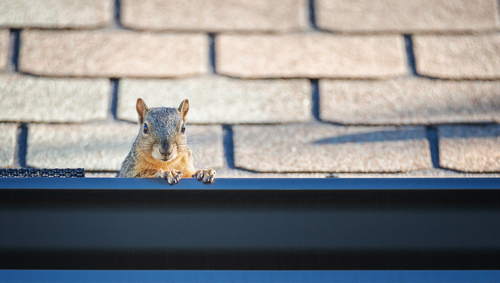
04/24/25
Columbus Homeowners: Don't Skip This Step After a Raccoon Infestation
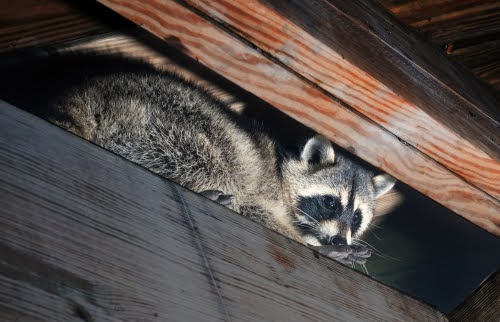
04/14/25
Bat Removal in Indianapolis: What Homeowners Need to Know
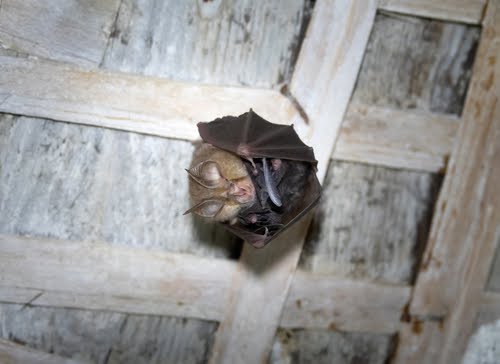
04/12/25
Why Birds Nest in Your Home & What You Can Do About It
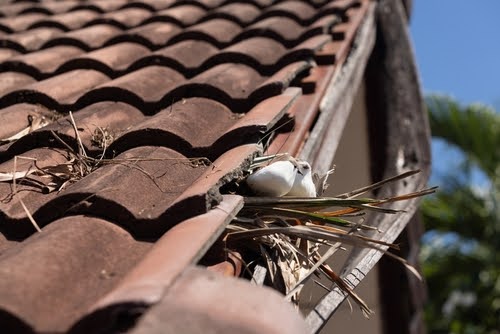
04/11/25
Indiana’s Most Common Wildlife Pests & How to Avoid Them
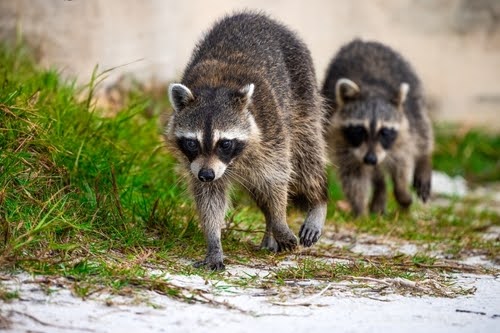
03/17/25
When Wild Animals Become a Problem: Pests & Wildlife Damage

03/17/25
Are Bat Droppings Dangerous? What You Need to Know
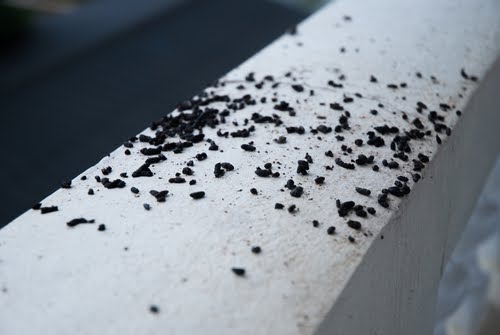
03/16/25
Why Are Geese So Aggressive? [Infographic]
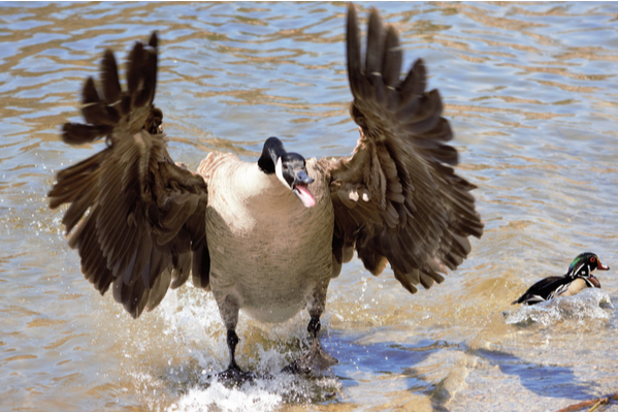
03/14/25
What To Do When a Wild Animal is In Your Home
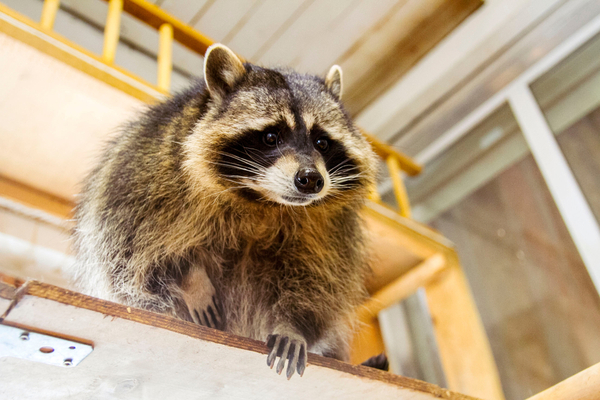
02/18/25
What to Do About Coyotes in Your Neighborhood: Are Coyotes Dangerous?
02/13/25
How to Keep Raccoons Out of Your Garbage
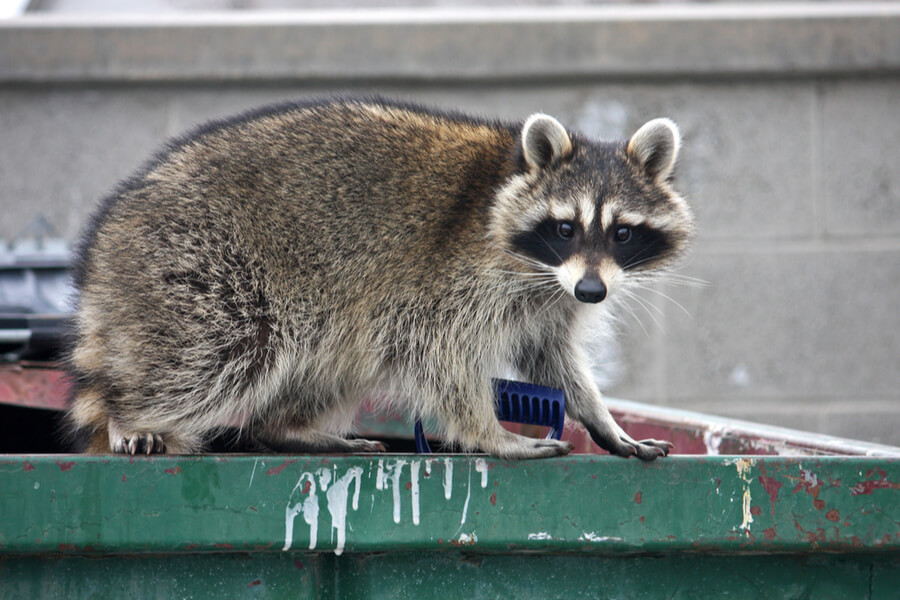
01/13/25
The Benefits of Bats: Why They’re Important to the Ecosystem
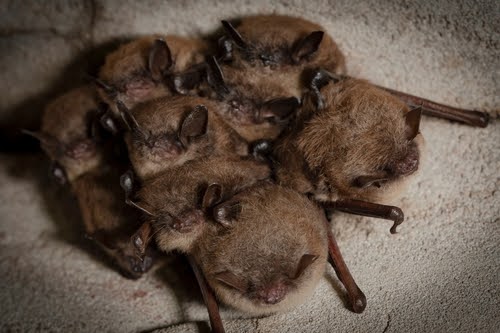
01/10/25
How to Get (& Keep) Squirrels Out of the Attic
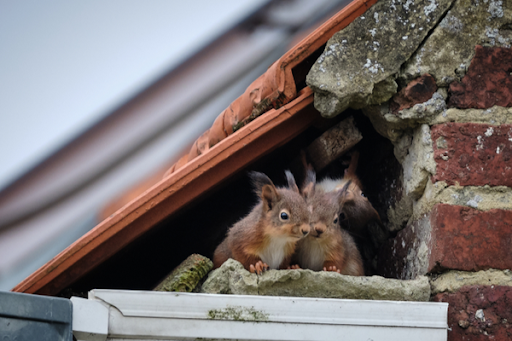
01/09/25
IPM: Reliable & Effective Wildlife Pest Control
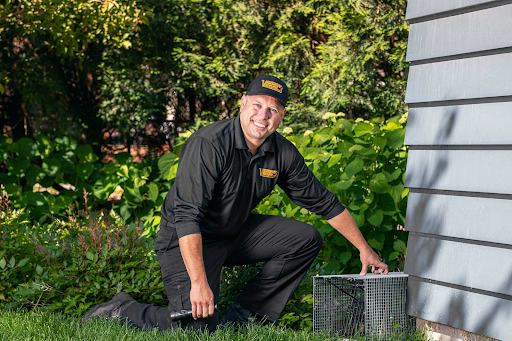
01/07/25
How Does Common Wildlife Deal With Heavy Snowfall?
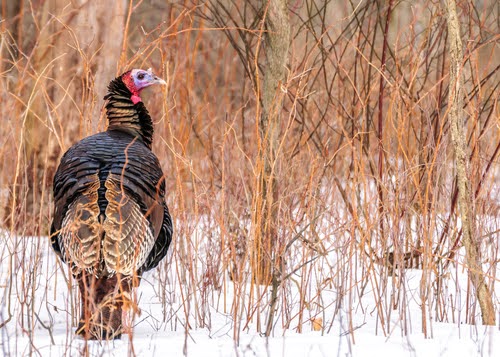
12/19/24
Squirrel Damage & Wildlife Removal: Are Squirrels Pests?
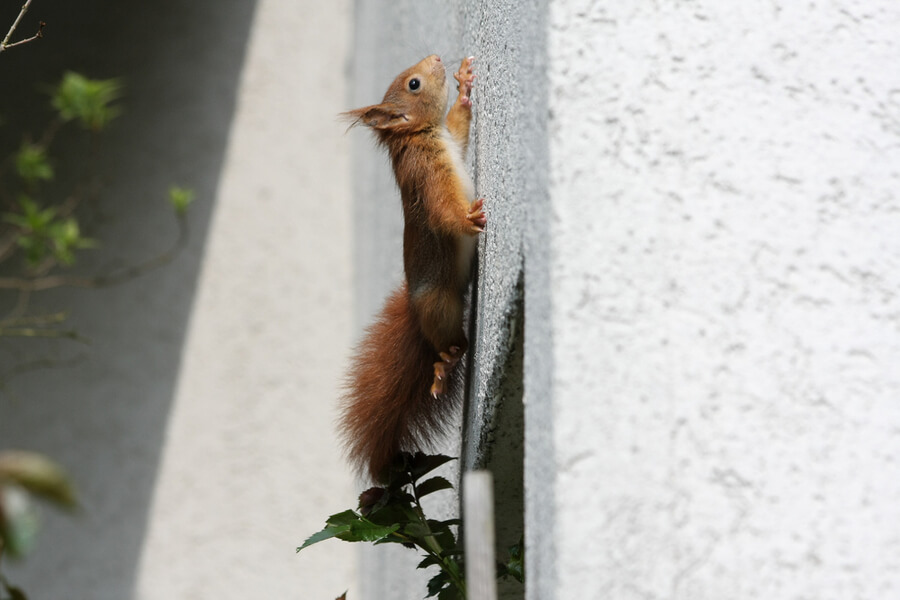
12/17/24
Raccoon Pest Removal: Why are Raccoons Dangerous?
